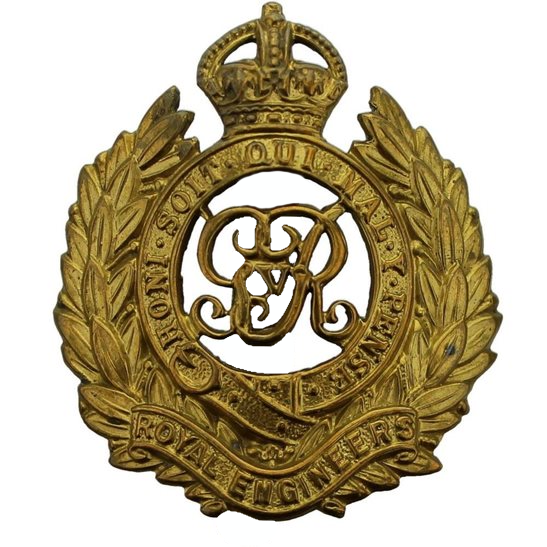Personal Details
Born: 27 December 1875 in Halifax, Yorkshire.
Family: He was the youngest of three children born to William Shackleton, a bricklayer, and his wife Ada, nee Clay. He married Annie Grice in 1912 at the Wesleyan Chapel, Whitchurch, Shropshire. The couple had two children, Ernest W, born 1913 and Herbert J, born 1915.
Residence: In 1881 his family were living at 3 Gray Street, Northowram, Halifax. Ten years later they had moved to Shropshire and their address was 17 Spring Cottages, Spring Gardens, Shrewsbury. By 1911 John was a boarder at 34 Bargates, Whitchurch. An address of 8 Worthington Street, Whitchurch was given for him on his Attestation documents, this was also the one given for him on the 1919 Absent Voters` List for Whitchurch. By 1939 he was living at 7 Alkington Gardens, Whitchurch and continued to do so until his death in 1947.
Employment: In 1891 he was a tobacconist’s labourer but his occupation in 1898, when he joined The King’s Shropshire Light Infantry, was a gas fitter. Having left the army in 1919 he became a postman and remained one until he retired.
Died: In 1947 in the Public Assistance Institution, Whitchurch, Shropshire, aged 72. He was buried 28 May the same year in Whitchurch cemetery.
Military Details
Regiment: Royal Engineers
Rank: Sapper
Service Number: WR/504389 (previously 222663)
Date of Enlistment: 10 December 1915
Date of Discharge: 15 February 1919
Reason for Discharge: Demobilisation
Other Information: John joined the King’ Shropshire Light Infantry (service number 5680), 4 August 1898, serving in South Africa during the Boer War. He was discharged 3 August 1910.
John was awarded the Campaign Medals (British War Medal, and Victory Medal).

The British War Medal (also known as 'Squeak') was a silver or bronze medal awarded to officers and men of the British and Imperial Forces who either entered a theatre of war or entered service overseas between 5th August 1914 and 11th November 1918 inclusive. This was later extended to services in Russia, Siberia and some other areas in 1919 and 1920. Approximately 6.5 million British War Medals were issued. Approximately 6.4 million of these were the silver versions of this medal. Around 110,000 of a bronze version were issued mainly to Chinese, Maltese and Indian Labour Corps. The front (obv or obverse) of the medal depicts the head of George V. The recipient's service number, rank, name and unit was impressed on the rim.
The Allied Victory Medal (also known as 'Wilfred') was issued by each of the allies. It was decided that each of the allies should each issue their own bronze victory medal with a similar design, similar equivalent wording and identical ribbon. The British medal was designed by W. McMillan. The front depicts a winged classical figure representing victory. Approximately 5.7 million victory medals were issued. Interestingly, eligibility for this medal was more restrictive and not everyone who received the British War Medal ('Squeak') also received the Victory Medal ('Wilfred'). However, in general, all recipients of 'Wilfred' also received 'Squeak' and all recipients of The 1914 Star or The 1914/1915 Star (also known as 'Pip') also received both 'Squeak' and 'Wilfred'. The recipient's service number, rank, name and unit was impressed on the rim.

